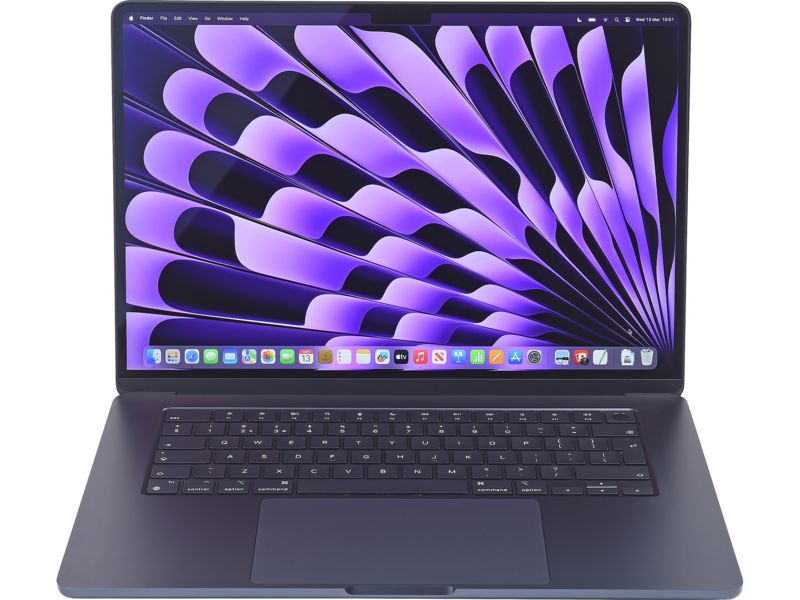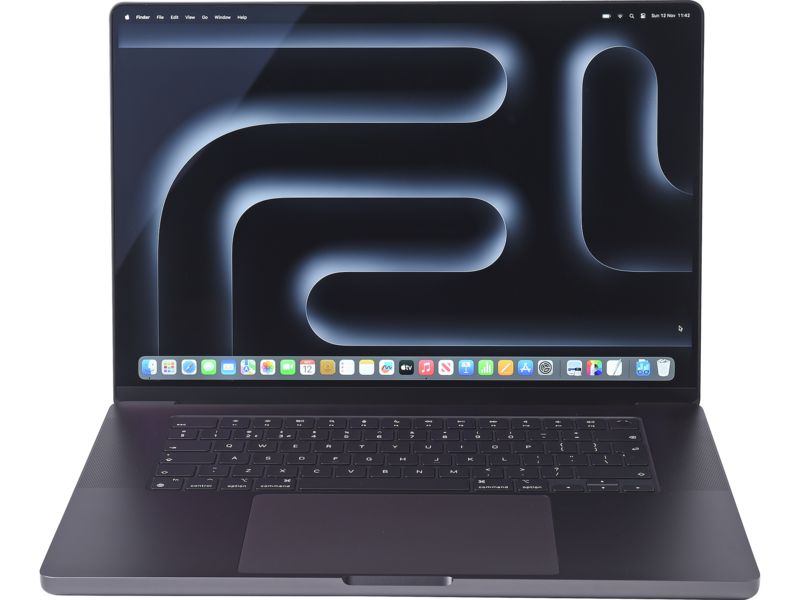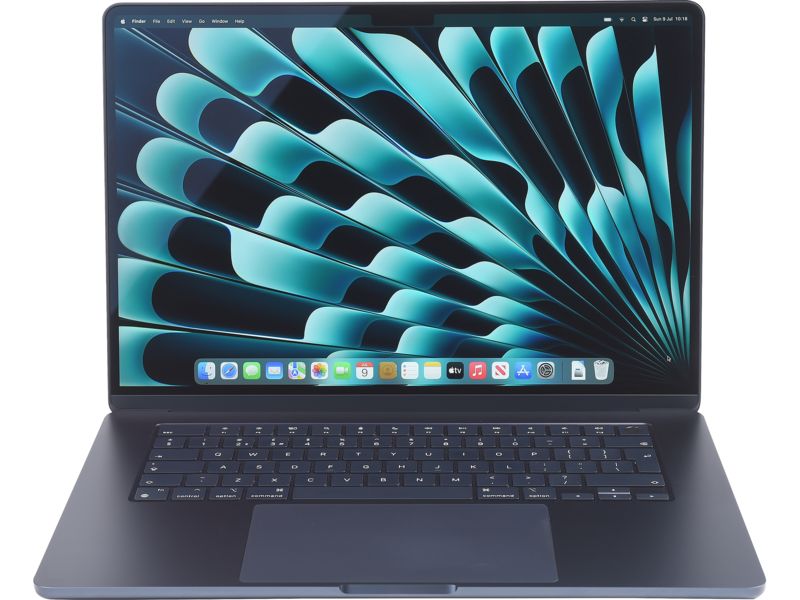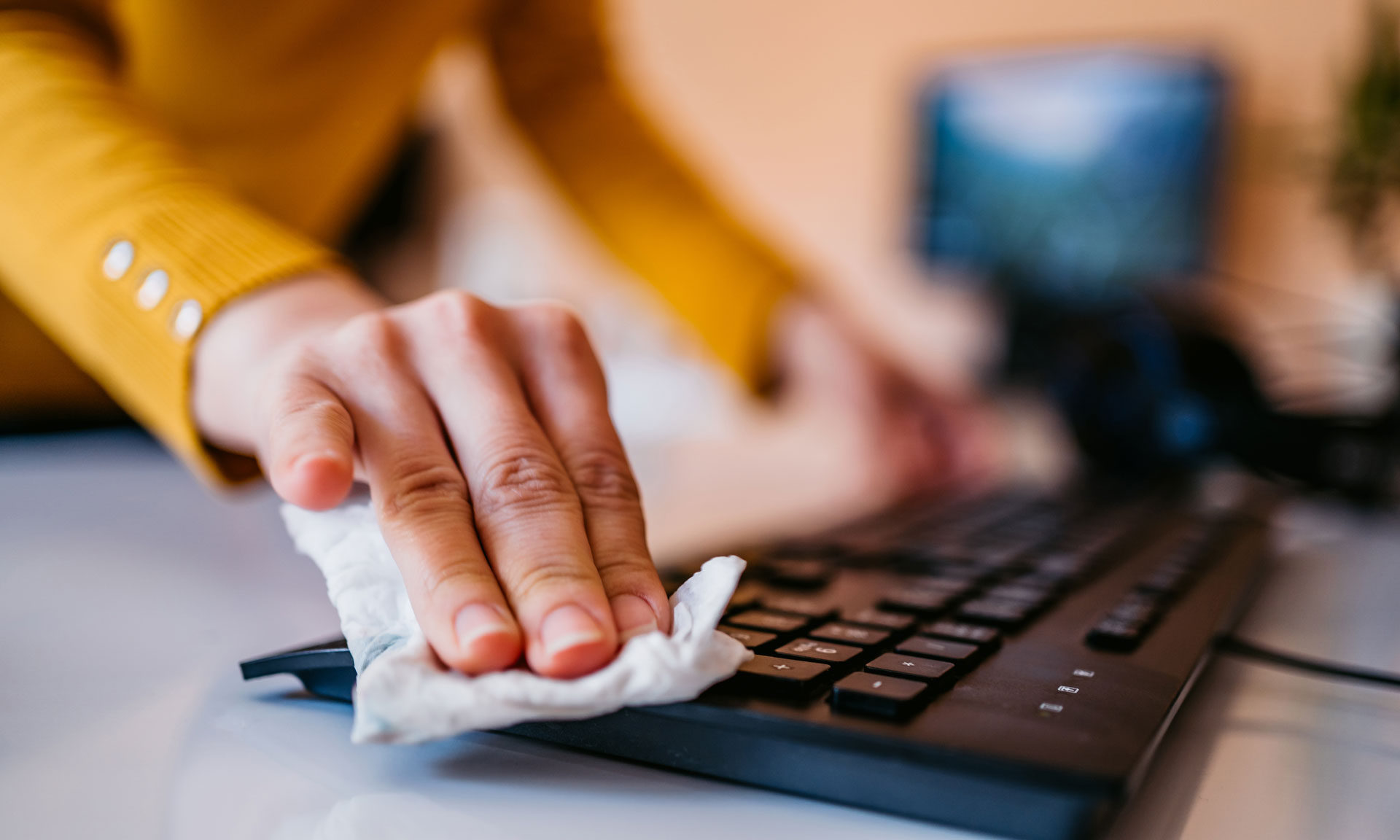How to speed up a laptop or computer

It's easy to speed up your laptop. Which is just as well, as spending minutes at a time waiting for it to load up a simple webpage or a Microsoft Office program can make even a sane person want to throw their PC in the bin.
But don't... there are simple steps you can take to make your computer fast again. Malware removal and a couple of tweaks to your settings are a good place to start. Here are some must-do activities to keep your PC in tip-top condition.
Whatever your budget, our lab tests reveal which models are worth your money and which aren't. See our expert pick of the best laptops.
Video: how to speed up a slow computer
Clear your cache and cookies
Every time you visit a webpage, your web browser stores or ‘caches’ it as a small file in your Temporary Internet Files folder. Similarly, it stockpiles small files called 'cookies', which contain information about your browsing history and personal details. Over time, the volume of these files can build up. Periodically clearing out your browser’s cache will help it to work faster when loading pages and reduce the amount of valuable disk space that these cached files take up.
In most browsers, these settings can be found within the Settings menu, labelled something along the lines of Clear browsing data or Clear cache & cookies.
Free up some disk space
A laptop with no room to breath is unlikely to be performing at its best. Whether it's demands from Windows for more space to update or a steady accumulation of apps and files, even the largest hard drives can fill up pretty quickly if left unattended.
Read our detailed, easy-to-follow guide on how to free up disk space if you suspect this is a problem.
Check for viruses and other malware
Run your antivirus software program regularly. Viruses can slow down your computer and cause data loss, while spyware can compromise security by monitoring your activity and collecting information about you. Launch your antivirus software and make sure it's up to date. Then run a full scan of your hard disk and, if your package allows, set up regular scheduled scans.
If you don't yet have a malware removal suite and aren't sure whether the built-in Windows protection is good enough, head to our pick of the best antivirus software, including free programs, to see which one to install.
For quality prints without a hefty price tag, see the best home printers
Keep software up to date
Make sure all your software is up to date. This includes web browsers, applications, drivers for devices such as printers and, most importantly, Windows itself, as Microsoft issues regular updates to plug security holes or fix glitches in the operating system.
Should you defrag your hard drive?
Traditionally, when a PC saved a large file to the hard drive, it would break it into smaller pieces and store them across several locations. As these files accumulated, the hard drive would take longer to access them. This gave rise to 'defragging' software, which would, effectively, put the files back together in a more logical order, giving your PC a speed boost.
However, in Windows 11 (and Windows 10 and 8/8.1 before it), it simply isn't necessary to run defragging software on your computer. Windows handles data much more intelligently these days. Mac users shouldn't need to defrag at all.
If you have a solid-state drive (SSD) this process won't be necessary, as these work differently and don't need defragging.
Limit startup programs
How fast your computer starts up depends on several things, including the hardware you’re using and the version of Windows. But the number of programs that are scheduled to start up when Windows does can also have a significant effect.
Many programs will start running invisibly in the background when you turn on your computer, slowing down the system startup time and potentially causing software crashes. Yet you can easily disable programs that you don’t need to start straight away:
- Click Start, type msconfig in the search bar and press Enter. In the System Configuration window, click the Startup tab.
- From the list of programs that appears, untick the box next to those you don’t need to launch automatically at startup. Only deselect programs that you don’t use regularly or know that you don’t need.
- Click Apply and then click OK. Now restart your system.
How fast your computer starts up depends on several things, including the hardware you’re using and the version of Windows installed.
Tech tips you can trust - get our free Tech newsletter for advice, news, deals and stuff the manuals don’t tell you
Get rid of unwanted programs
Speed increases don't end with startup times. You'll want to make sure that your computer is running fast when you're using it, too.
Free up storage space and memory by uninstalling programs that you don’t use. These may include trial versions of software that came with the computer when you bought it, out-of-date antivirus programs, old software or games that you no longer play.
- Click Start > Control Panel > Uninstall a program.
- From the list of programs that appears, click the program you want to uninstall, then click Uninstall.
Remove temporary files
Windows Disk Clean-up utility can help boost your computer’s performance by removing temporary files and unnecessary system files:
- Click Start. In the search box, type disk clean up and, from the list of results that appears, click Disk Clean-up.
- In the list of Drives, click the hard disk drive that you want to clean. For most people this will be the C: drive. Click OK.
- In the Disk Clean-up box, select the type of files that you want to delete and then click OK and then click Delete files.

Identifying bloatware
Despite the expectation of a digital clean slate, brand new PCs often come preloaded with all kinds of unnecessary programs known as 'bloatware'. And it's perfectly normal to accrue more as you install further programs throughout the life of your PC.
Many pre-installed bloatware programs can be uninstalled easily, but the trick lies in knowing what can be safely removed and what you should keep. If you find programs installed that you’ve never used, and have no intention of using, these could be bloatware that you can easily uninstall. Follow the instructions above to remove them and, if you're not sure what to get rid of, speak to one of our experts at Which? Tech Support.
Removing toolbars
Extra web browser toolbars are a classic example of bloatware. These sometimes come pre-installed on your PC, and many downloadable applications will attempt to add unnecessary toolbars.
Toolbars typically appear at the top of your browser window, and often provide their own search box. Uninstalling toolbars can be done in the same way as other software. Look out for toolbars when installing other programs and make sure you opt out by unticking the tick box.
Install a solid-state drive (SSD)
Unlike traditional hard drives, solid-state drives (SSD) are so-called because they have no moving parts. This makes them more efficient and, ultimately, faster. You should expect to spend from £50 to £250, depending on the SSD’s capacity (usually ranging between 128GB and 1TB).
But this isn't a measure for the faint of heart. Replacing your hard drive with a SSD requires taking the casing off your computer and fiddling with its power and data cables. If you're at all unsure of what you're doing, then we'd recommend getting a professional to fit it.
You can find a Which? endorsed local computer repairer using Which? Trusted Trader.
Get one-to-one help for your laptop problems
If none of the above tips for speeding up your laptop works, you can get one-to-one technology support from Which? in the following ways.
- If you're a Which? Tech magazine subscriber, contact your Tech Support service to get expert advice for slow laptops.
- If you're not already a subscriber, you can sign up to Which? Tech Support to get instant access to friendly one-to-one tech and computing advice from Which?.
- Alternatively use Which? Trusted Trader to find a Which?-endorsed local computer repairer.
For more help and advice, read our top tips for.
Use our guide to the best computer monitors to help you choose a top-notch screen























